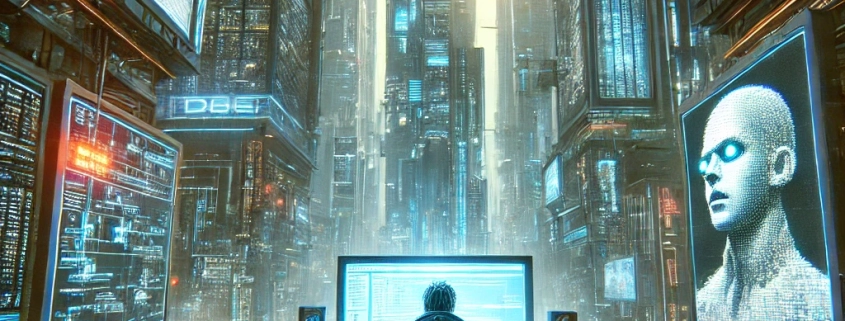
It is a Brave New World out there these days. The new tools and features come out faster than your mom on Sunday morning getting you ready for church. The same goes for the context and advice being produced on a myriad of platforms, the ole’ Like and Subscribe, and all that bit. It does make you wonder after a while, what you can trust, who has your best interest in mind, and who is selling you a bottle of snake oil, doesn’t it?
Today we talk about Data Modeling. Specifically Data Modeling in the new world we all live in christened The Lakehouse by our benevolent Vender Overlords.









